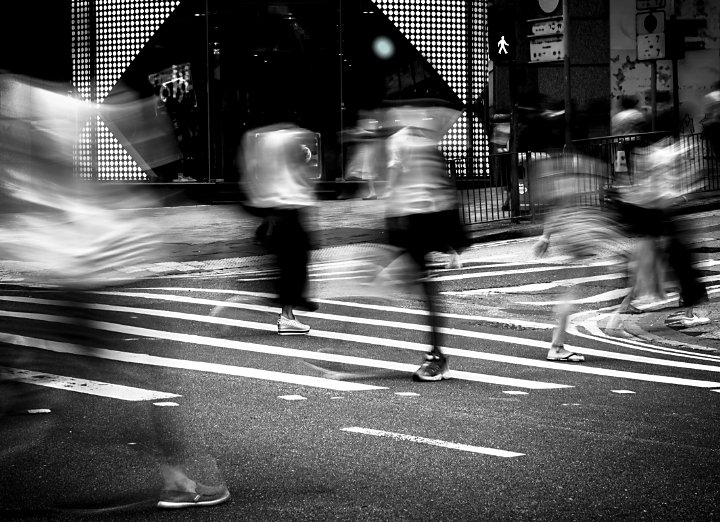Top Guidelines Of Framing Streets
Top Guidelines Of Framing Streets
Blog Article
The Best Strategy To Use For Framing Streets
Table of ContentsSome Ideas on Framing Streets You Should KnowFraming Streets Fundamentals ExplainedWhat Does Framing Streets Mean?Framing Streets - An OverviewThe Definitive Guide for Framing Streets10 Simple Techniques For Framing Streets
Digital photography genre "Crufts Pet dog Program 1968" by Tony Ray-Jones Street digital photography (additionally in some cases called candid photography) is photography conducted for art or query that features unmediated opportunity experiences and arbitrary occurrences within public areas, usually with the goal of catching images at a definitive or touching moment by cautious framing and timing. 
Framing Streets Can Be Fun For Everyone
Susan Sontag, 1977 Road digital photography can focus on individuals and their actions in public. In this respect, the road digital photographer is similar to social docudrama photographers or photographers that also function in public areas, yet with the objective of catching newsworthy occasions. Any one of these photographers' pictures may catch individuals and residential property noticeable within or from public areas, which usually involves navigating honest problems and laws of personal privacy, security, and residential or commercial property.
Depictions of day-to-day public life develop a category in almost every duration of world art, starting in the pre-historic, Sumerian, Egyptian and very early Buddhist art periods. Art managing the life of the street, whether within sights of cityscapes, or as the leading concept, shows up in the West in the canon of the North Renaissance, Baroque, Rococo, of Romanticism, Realism, Impressionism and Post-Impressionism.
All about Framing Streets
Louis Daguerre: "Blvd du Holy place" (1838 or 1839) In 1838 or 1839 the first picture of figures in the road was recorded by Louis-Jacques-Mand Daguerre in one of a set of daguerreotype sights extracted from his workshop home window of the Boulevard du Temple in Paris. The second, made at the elevation of the day, reveals an uninhabited stretch of street, while the various other was taken at regarding 8:00 am, and as Beaumont Newhall reports, "The Boulevard, so continuously full of a relocating crowd of pedestrians and carriages was completely solitary, except an individual that was having his boots brushed.
His boots and legs were well specified, but he is without body or head, due to the fact that these were in motion." Charles Ngre, waterseller Charles Ngre. http://tupalo.com/en/users/6037642 was the initial photographer to acquire the technological refinement called for to sign up people in movement on the street in Paris in 1851. Digital Photographer John Thomson, a Scotsman collaborating with journalist and social protestor Adolphe Smith, released Road Life in London in twelve regular monthly installations starting in February 1877
Everything about Framing Streets
Eugene Atget is regarded as a progenitor, not since he was the very first of his kind, however as a result of the popularisation in the late 1920s of his record of Parisian streets by Berenice Abbott, that was motivated to undertake a comparable documents of New York City. [] As the city established, Atget assisted to promote Parisian streets as a worthy topic for digital photography.

Framing Streets - Questions
Martin is the first recorded digital photographer to do so in London with a masked video camera. Mass-Observation was a social research study organisation established in 1937 which aimed to link tape-record daily life in Britain and to videotape the reactions of the 'man-in-the-street' to King Edward VIII's abdication in 1936 to marry divorce Wallis Simpson, and the succession of George VI. Andre Kertesz.'s extensively admired Images la Sauvette (1952) (the English-language version was labelled The Crucial Minute) advertised the concept of taking a picture at what he labelled the "definitive moment"; "when kind and content, vision and make-up merged into a transcendent whole" - Lightroom presets.
Get This Report on Framing Streets
, then a teacher of young youngsters, associated with Evans in 193839.'s 1958 book,, was substantial; raw and usually out of focus, Frank's photos questioned traditional photography of the time, "challenged all the formal rules laid down by Henri Cartier-Bresson and Walker Evans" and "flew in the face of the wholesome pictorialism and sincere photojournalism of American publications like LIFE and Time".
Report this page